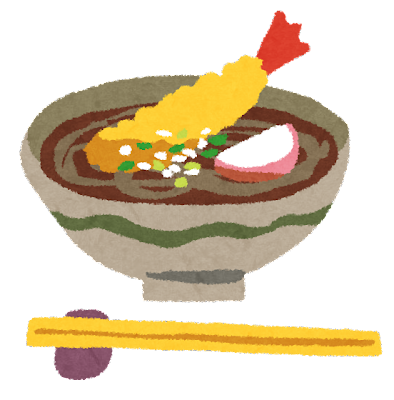The history and culture of soba
If you are interested in the history and culture of soba, this article is for you.
Here, learn about the health benefits of this traditional Japanese food and where to enjoy it in the city.
1. History of Soba
Soba is a traditional Japanese food made from buckwheat flour.
It is said to have been introduced to Japan from China in the 8th century.
During the Heian period, soba became a popular food among the nobility.
In the Edo period, soba became the staple food of the common people.
2. Health benefits of soba ( buckwheat )
Buckwheat is a healthy food as it is low in calories and fat.
It’s also a good source of dietary fiber and protein.
Buckwheat also contains vitamins and minerals such as thiamine, riboflavin, niacin and vitamin B6.
3. Soba Culture
Soba is not only a food, but also a part of Japanese culture.
Soba has many traditions and customs.
For example, on New Year’s Eve, people eat soba noodles to pray for longevity and prosperity.
4. Where to Enjoy Soba in Tokyo
If you want to eat soba, there are many places in Tokyo where you can enjoy soba.
There are various types of soba, such as tempura soba and yakisoba.
In addition, there are various types of soba, ranging from affordable to high-end.
Popular Soba Restaurant
1 Yudetaro

The biggest feature is that the noodles are made from flour at the store in order to ensure the “three freshness” of soba (freshly ground, freshly made, and freshly boiled).
In addition, at stores of the Yudetaro system, they serve freshly boiled meat after ordering, instead of keeping it boiled. Buckwheat flour ratio is 55%
Locations in Tokyo

Pursuing the highest quality for both soba and tsuyu, we produce our noodles in our own noodle factory.
We are renewing the image of conventional soba chain stores and creating product appeal and added value that surpass long-established soba restaurants.
It will soon be half a century since its establishment, and continues to evolve as a soba restaurant that creates new values.
Locations in Tokyo

It is popular among workers and middle-aged and elderly people, and the addition of alcoholic beverages to the menu has been well received.
Most of the stores are open 24 hours a day, so the customer base is diverse.
Since the 2000s, the installation of chairs has had a positive effect, and the number of women and families who use it has increased, and in the 2010s, the number of tourists visiting Japan from Asian countries has also increased.
Locations in Tokyo


